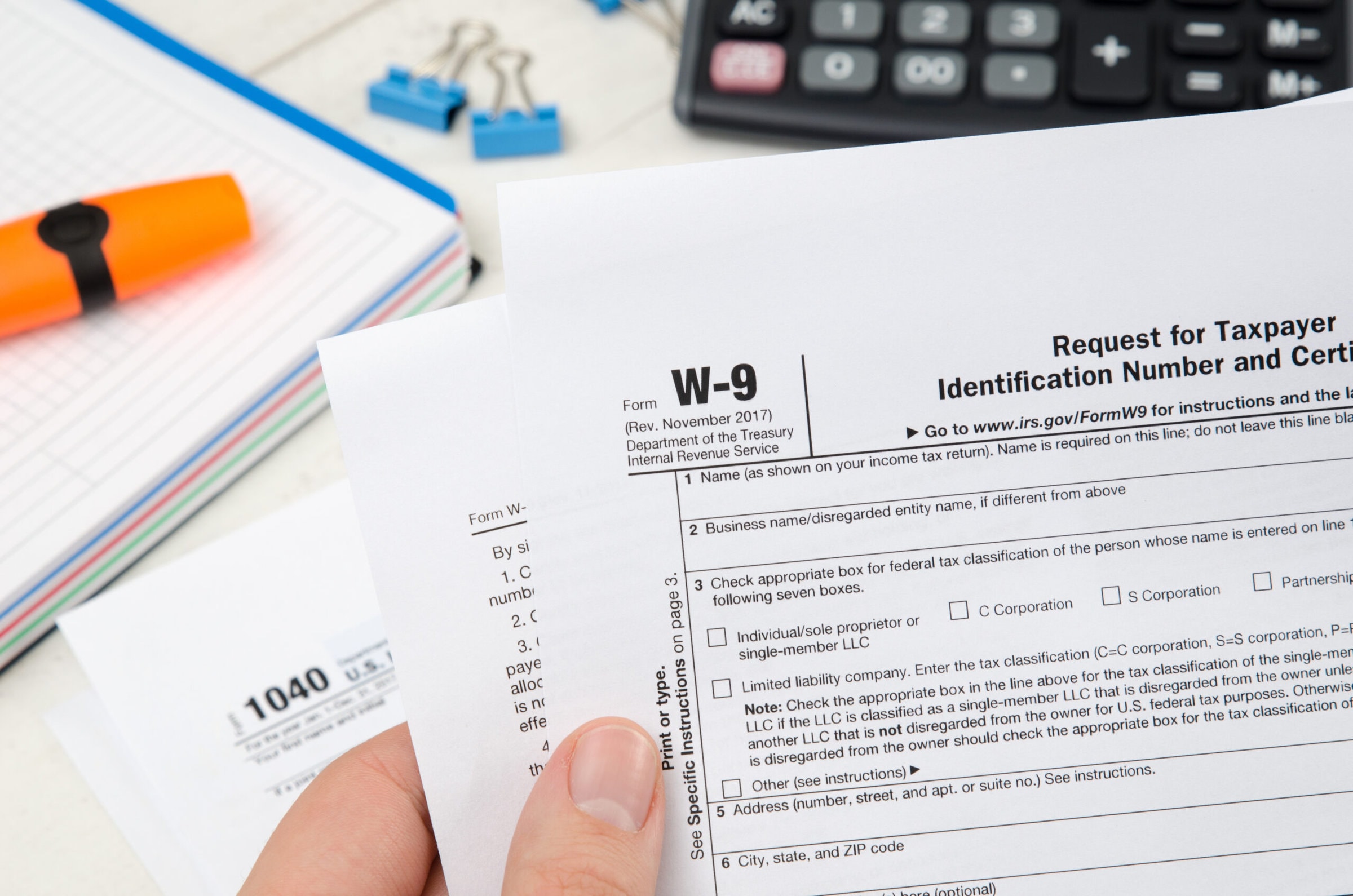If your not-for-profit is perpetually shorthanded, you may have decided to engage independent contractors or freelancers to pick up some of the slack. Just make sure you’re collecting the right information from these individuals and filing it with the IRS. Clean paperwork now can save you a lot of headaches — including tax penalties — later.
W-9 rules
When engaging an independent contractor, obtain that person’s individual or business Taxpayer Identification Number (TIN). For individuals, this is generally the contractor’s Social Security number. Use the number to complete IRS Form W-9, “Request for Taxpayer Identification Number and Certification.”
If a contractor doesn’t provide a correct TIN or doesn’t sign the certification in Part III of Form W-9, you’re generally required to “backup withhold” on reportable amounts. In other words, you must withhold and pay to the IRS 24% tax from future payments. If you fail to do so, the IRS may hold your organization liable for any uncollected amount.
The IRS will send you a backup withholding notice if a worker’s name and TIN on a Form W-9 don’t match its records. If you receive a notice, you may have to send what’s called a “B” notice to the contractor to solicit another TIN.
Collection and reporting
Several best practices can help you collect and report information about independent contractors:
Make W-9 completion part of the onboarding process. If contractors drag their feet on submitting Form W-9s, make clear that they can’t begin working for you until you have the completed and signed form in hand.
Review every form. When you do receive a Form W-9, take the time to review it. If you need additional information, request it from the contractor immediately to help preempt IRS penalties. Note that sole proprietors must furnish their individual names, not only a business name or “Doing Business As.”
Use the IRS’s TIN Matching service. You can find this free tool on the IRS website, https://www.irs.gov/tax-professionals/taxpayer-identification-number-tin-matching rather than simply waiting to see if the IRS sends you a notice about a Form W-9. The IRS allows payers and their authorized agents to match TIN and name combinations with IRS records before submitting forms so they can follow up with the individual if there’s a discrepancy.
Send annual notices to independent contractors. The notices should remind them to keep their forms with you up-to-date. If they’ve undergone a change — such as a change in entity type or owner — they need to provide a new form.
Retain records. Keep W-9 forms for at least three years after the last tax year for which you filed a Form 1099-NEC for the contractor. The IRS usually limits its audits to returns filed in the previous three years.
Filing 1099-NECs
You’ll use Form W-9 to report any payments for services by nonemployees you’ve paid at least $600 to during the tax year. Issue a 1099-NEC, “Nonemployee Compensation,” to each worker and file it with the IRS. If you need help, please contact us.
© 2024


